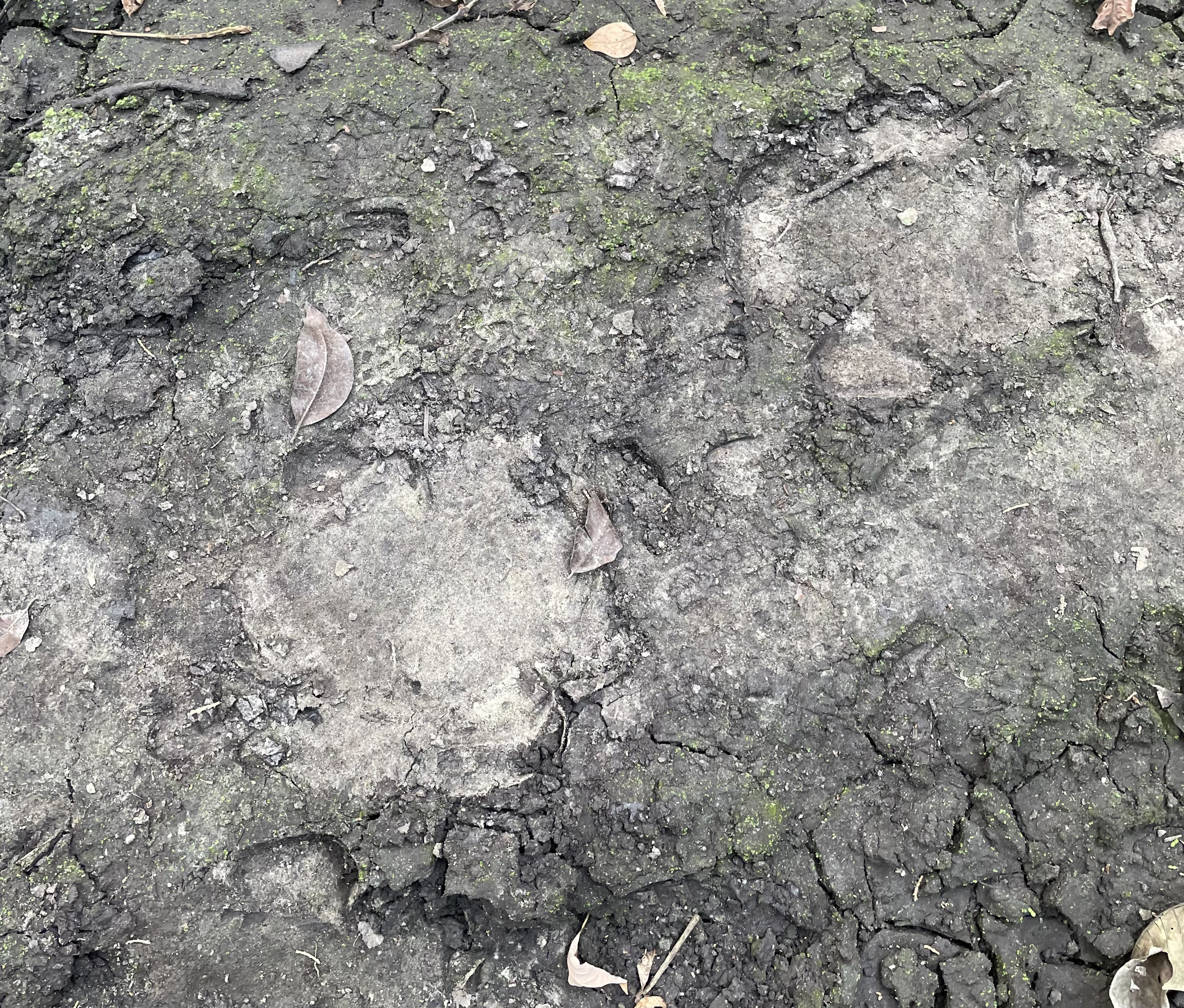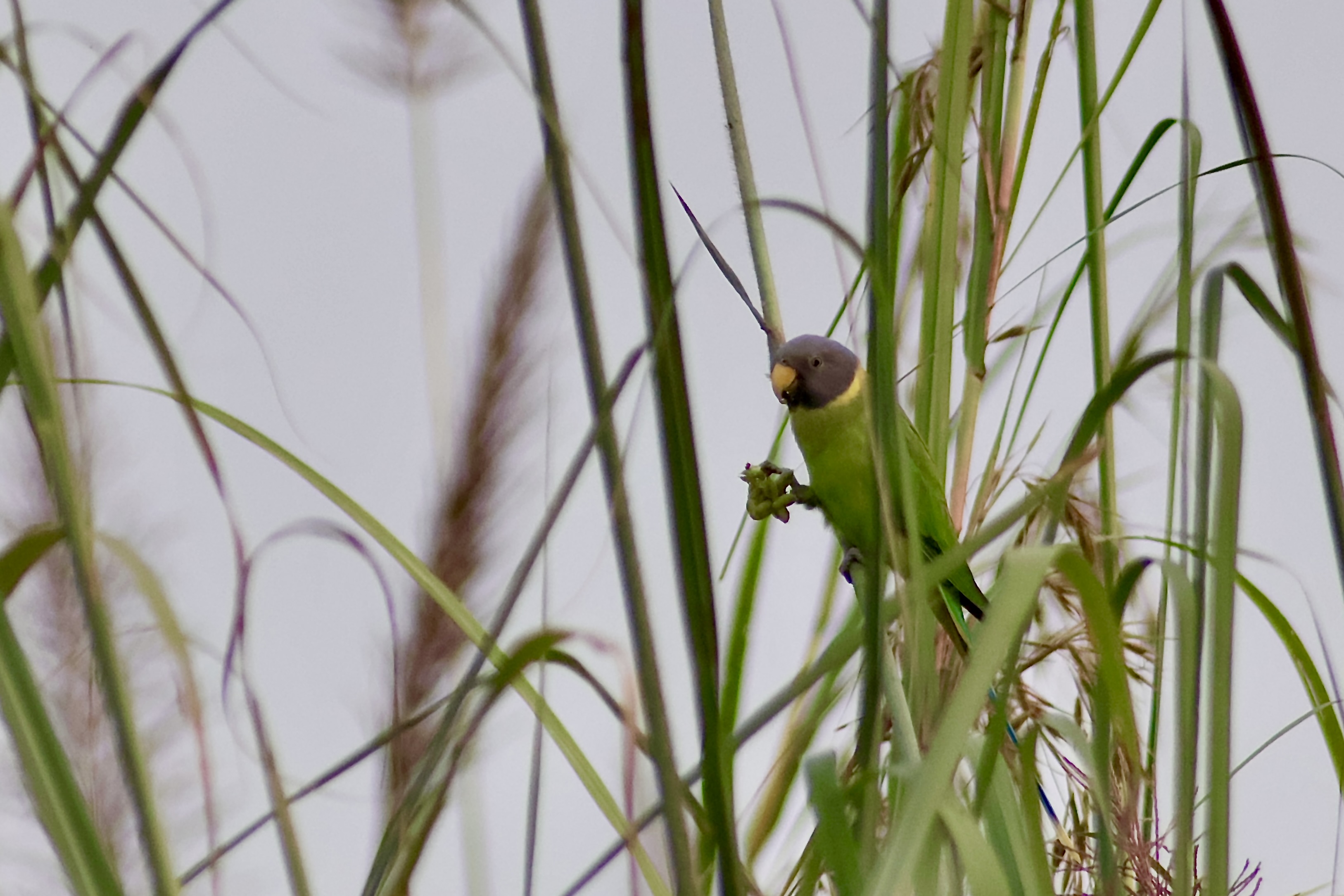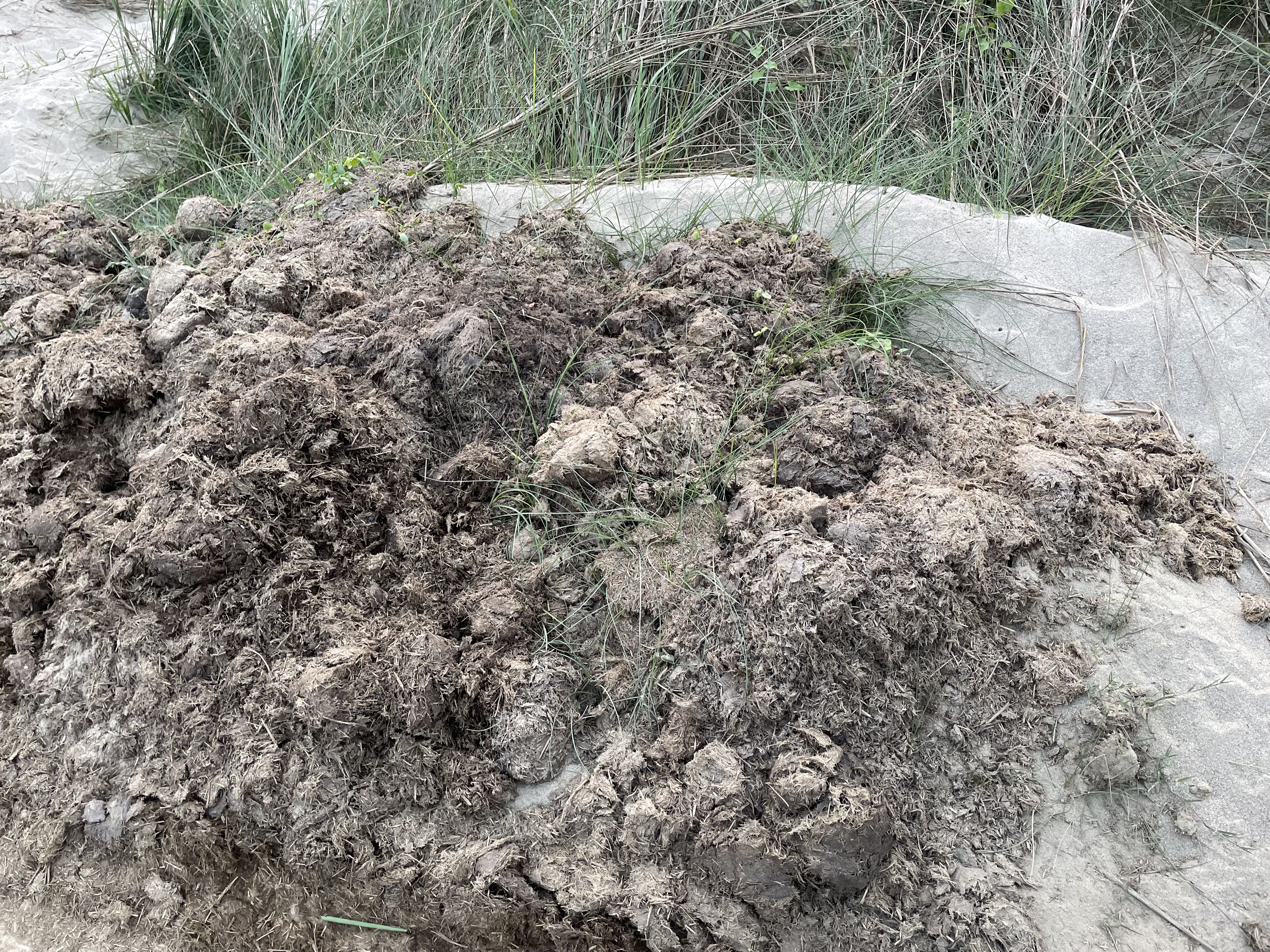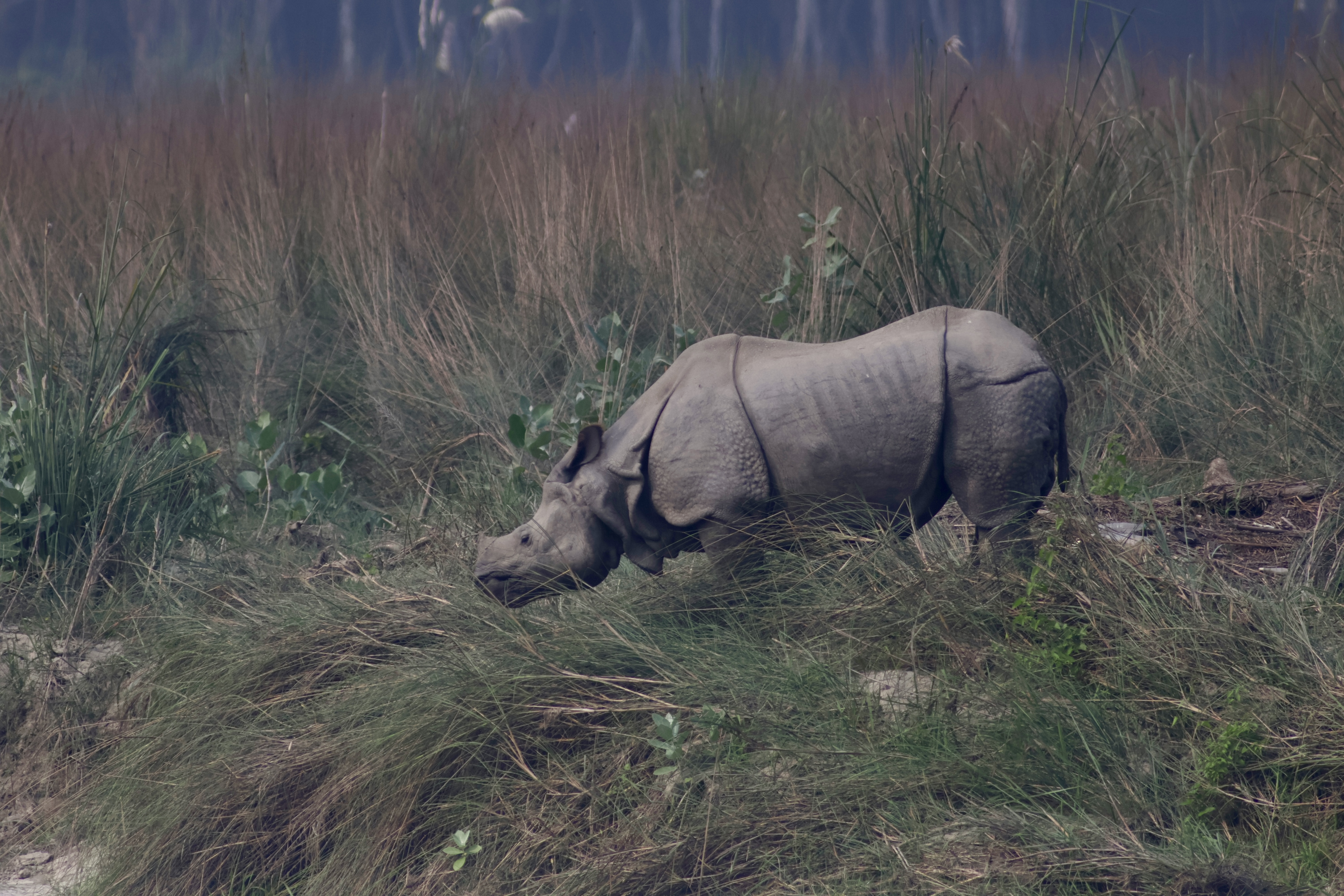Lunching with Rhinos: Threats to Nepal’s Rhinos Have Been Consuming My Thoughts
It was a misty morning on the outskirts of Chitwan National Park in Nepal, and I awoke after a night of little sleep broken by the sounds of dogs barking and roosters crowing. A plate of toast and masala omelets was served for breakfast. The rough night was worth it this once, as we were headed into the park for a safari on foot through the forest. This was about a month into our trip to Nepal, where I was part of an interdisciplinary team investigating increased mortalities in the national park’s rhino population. Up until that day, I had spent most of my time working in the histopathology lab at the nearby Agriculture and Forestry University with long days staring down a microscope (or, technically at a computer screen, thanks to our Grundium Ocus digital slide scanner). Needless to say, I was keen to spend a day in the park tracking the object of our research: Nepal’s greater one-horned rhinos.
Our forest trek was led by Manesh and Maila, two expert guides. Maila, in front, identified fresh tracks to lead our journey. We saw all manner of prints—leopard, tiger, gaur, and deer—before finally finding some rhino tracks. The day proved to be hazy, and we were off to a slow start. We ventured slowly through the underbrush as a symphony of bird calls filled the lush green overhead. I saw dozens of species of birds, and for a while, the sights and sound kept me appeased, but as morning slipped away and my hunger increased, I grew slightly impatient to see some large terrestrial animals.
Before long, we saw some mammals. Langurs screamed at us from the trees. Spotted deer rustled the shrubbery, fleeing as soon as they heard our presence. My growing hunger made it seem as if we were surrounded by feasting animals. Even some mosquitoes and leeches enjoyed lunch long before I did; unfortunately, I was lunch.
We passed through a striking array of habitats—dry grasslands, sandy forests, steep muddy slopes, and low riverbeds. Maila, who had taken the lead, emerged through the brush. As he stepped onto a riverbank he spotted it: our first rhino of the day! Throughout my stay here, I have seen rhinos everywhere—from the garden of our hotel (the aptly named Rhino Lodge) to the streets of downtown Sauraha (where they regularly disrupt nighttime traffic). Seeing a rhino at home in the park felt different somehow. It was humbling, really.
Thanks to this rhino, I no longer had to wait for my own food. There we sat and ate dal bhat (a vegetarian rice stew) on banana leaves as this charming beast enjoyed its own lunch of grass and shrubbery across the river. As our safari group dined, we barely spoke, not wanting to interrupt the sounds of the forest. In the quiet, my mind began to wander back to the reason for being in Nepal in the first place. Mortalities of these beautiful creatures have recently increased, and we are working to help figure out why.
I wondered how the dietary habits of rhinos might fit into this (as yet) unsolved mystery. Certainly, some of the microscopic changes I am seeing in deceased rhinos’ tissues have provided some clues. Are morbidity and mortality linked to something the rhinos are eating? In recent years, there have been booms of invasive plants in the park. Is it possible that these impact their nutrition, or even pose a toxic threat? In addition to invasive plants, the warming and drying of the park has led to progressive drying of temporary water pools that serve as a habitat for the rhinos. Does the fragmentation of water bodies force the rhinos to search more widely for resources, driving them outside the park? And does increased competition for resources lead to increased fighting and serious injury?
Looking to the other end of the food chain, are more rhinos being taken by tigers, and is this a significant population risk? Beyond this, my encounters with mosquitoes and leeches inspired further questions. Are vector-borne pathogens contributing to morbidity? Or are parasites impacting rhinos’ fitness?
As I write, I am back in the lab working through a backlog of tissue samples and we are continuing to make progress. I am hopeful that our work will help answer some of these questions, and potentially point to other diagnostic approaches that could help solve this mystery. In the meantime, that day in the park was a sweaty, exhausting, and profound reminder of why I am here: to ensure that others—including you—can lunch with a rhino in the decades to come.
This project is supported by the Wildlife Conservation Network Rhino Recovery Fund. Our team, led by the Cornell K. Lisa Yang Center for Wildlife Health’s very own Dr. Martin Gilbert, is working in collaboration with the National Trust for Nature Conservation and the Agriculture and Forestry University, Rampur, Chitwan, Nepal, as well as other international experts.
Carmen Smith ’17, DVM ’21, DACVP is a wildlife pathologist. As the inaugural Free-Ranging Wildlife Pathology Fellow at the Cornell K. Lisa Yang Center for Wildlife Health, Carmen works to understand the causes of unexplained wildlife mortality events around the world.
All photos provided by Carmen Smith.








